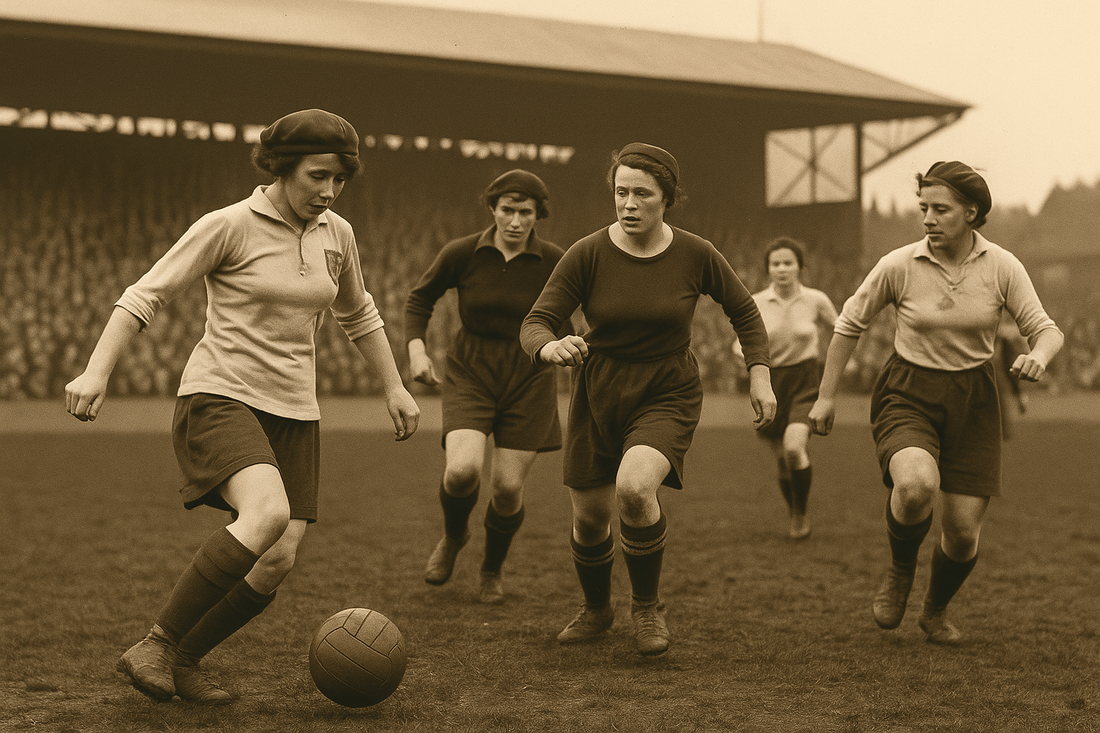
A short history of women's football
When people talk about football history, too often the women’s game gets left out. But the history of women’s football is powerful, inspiring, and unstoppable.
📜 From the 1800s to Massive Crowds
Women have been playing football for more than 100 years. In fact, records show women’s matches taking place in the late 1800s in the UK. By the 1920s, women’s football was pulling massive crowds — sometimes over 50,000 fans came to watch!
But then came the setback: in 1921, the English FA banned women from playing on official pitches. For decades, women’s football was pushed to the sidelines. Still, women kept playing — in parks, on borrowed fields, wherever they could. The passion never died.
✊ From Ban to Breakthrough
It wasn’t until the 1970s that the ban was lifted, and since then the women’s game has been rising stronger every year. From grassroots to the Women’s Super League (WSL), to the UEFA Women’s Champions League, and the record-breaking crowds of the Women’s World Cup — women’s football is now one of the fastest-growing sports in the world.
💡 Why This History Matters
The history of women’s football isn’t just about sport — it’s about equality, resilience, and fans like you who keep pushing the game forward. Every time you wear your favourite women’s football merch, you’re not just repping a team — you’re carrying that history with pride.
🔑 Key Takeaway
The history of women’s football is a story of passion and perseverance. Today, millions of fans worldwide are proving that the women’s game is here to stay — stronger than ever.
❤️ Wear It, Celebrate It, Live It
Wear it. Celebrate it. Live it. Women’s football is more than a game.